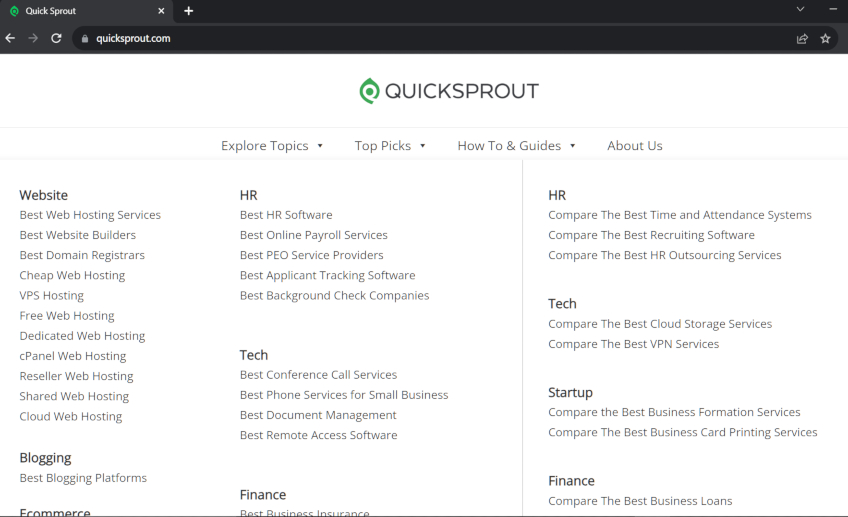Gratitude When You Don’t Feel It
Feelings aren’t the final authority on noble behaviors.
You do the right thing when you feel like doing the wrong thing all the time. For example, you want to share a piece of your mind you can’t afford to lose, but you don’t. That’s maturity, not hypocrisy.
Gratitude is a practice.
Express gratitude when you don’t feel it as long as you believe it’s the right thing to do.
4 ways to practice gratitude when you don’t feel it.
#1. Think about obstacles you have overcome.
The world’s leading expert on gratitude, Robert Emmons, says, “Remembering failures, sorrows, and other painful experiences is more beneficial to gratitude than recalling only the successes.”
Faking positivity hinders gratitude. Don’t forget the bad, remember how far you’ve come.
#2. Simplify a gratitude journal.
When I struggle to come up with five things to write in my gratitude journal it makes me ungrateful.
Don’t write five things in a gratitude journal, write one. If you want to challenge yourself, write one thing in the morning and one thing in the evening.
#3. Ask others about gratitude.
When you don’t feel grateful, ask others what they are grateful for. Better yet, ask, “Who are you grateful to?”
#4. Express gratitude.
Unexpressed gratitude is ungratefulness.
- Lower your expectations. Notice little things.
- Say, “I appreciate you.”
- Say, “I notice xyz. Thank you for doing that.”
What suggestions do you have for expressing gratitude when you don’t feel it?
Still curious:
7 Powerful Ways to Elevate Leadership with Gratitude
The Five Freedoms of Gratitude
A Little Gratitude Goes a Long Way
Like this:
Like Loading…






















